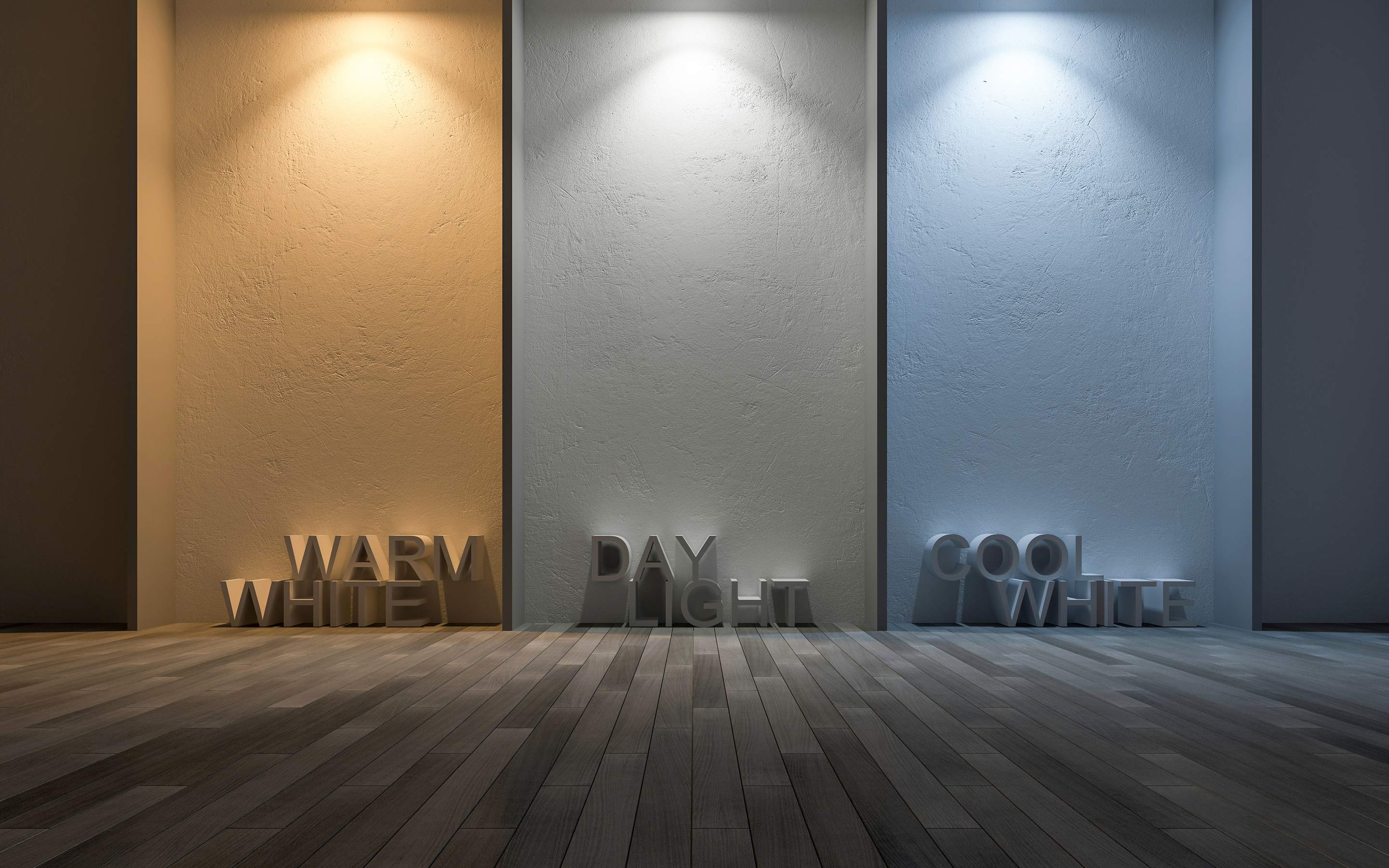
Color Temperature Explained: How to Choose the Right Light Bulb
When it comes to lighting your home, understanding color temperature is essential. It not only influences the ambiance of your space but also affects your mood and productivity. In this post, we’ll break down the concept of color temperature, explain the different types of light bulbs, and guide you in choosing the right one for each room.
What is Color Temperature?
Color temperature, measured in Kelvin (K), describes the appearance of light produced by a light source. It ranges from warm (yellow/red) to cool (blue/white) tones. Here’s a quick overview of the color temperature spectrum:
- Warm White (2700K - 3000K): This range emits a soft, cozy glow similar to traditional incandescent bulbs. It’s ideal for creating a relaxing atmosphere in living rooms, bedrooms, and dining areas.
- Neutral White (3500K - 4100K): This light has a balanced tone that works well in workspaces and kitchens. It offers clarity without being too harsh, making it suitable for task-oriented environments.
- Cool White (5000K - 6500K): Producing a bright, crisp light, this range mimics daylight. It’s perfect for areas that require focus and attention, such as offices, bathrooms, or garages.
How Color Temperature Affects Mood and Functionality
1. Warm Light (2700K - 3000K): Creates a cozy and inviting atmosphere. It promotes relaxation, making it ideal for spaces where you unwind, such as living rooms and bedrooms.
2. Neutral Light (3500K - 4100K): This range is stimulating yet comfortable. It’s excellent for areas where you need to stay alert, like kitchens and home offices, as it enhances visibility without causing strain.
3. Cool Light (5000K - 6500K): Bright and energizing, cool light helps improve concentration and productivity. It’s best suited for workspaces and areas where detailed tasks are performed.
Choosing the Right Bulb for Each Room
- Living Room: Opt for warm white bulbs (2700K - 3000K) to create a relaxing atmosphere. Use dimmable options to adjust the brightness according to the time of day and activities.
- Kitchen: Choose neutral white bulbs (3500K - 4100K) for a clean and bright look that makes cooking and meal prep easier. Consider under-cabinet lighting to enhance functionality.
- Bedroom: Stick with warm white lighting (2700K - 3000K) to promote relaxation. Use softer lamps on bedside tables to create a calming environment.
- Home Office: Cool white bulbs (5000K - 6500K) can help maintain focus and energy. Ensure your workspace is well-lit, but avoid harsh lighting that could lead to fatigue.
- Bathroom: Neutral white light (3500K - 4100K) is ideal for grooming and daily routines. Make sure mirrors are well-lit with fixtures that provide an even distribution of light.
Conclusion
Understanding color temperature allows you to choose the right light bulbs for your home, enhancing both functionality and mood. By selecting bulbs with the appropriate color temperature for each space, you can create an environment that meets your needs and reflects your personal style. Experiment with different options, and don’t hesitate to mix and match for a unique lighting scheme that works for you!
By considering these elements, you can ensure your home is beautifully lit, comfortable, and inviting. Happy lighting!


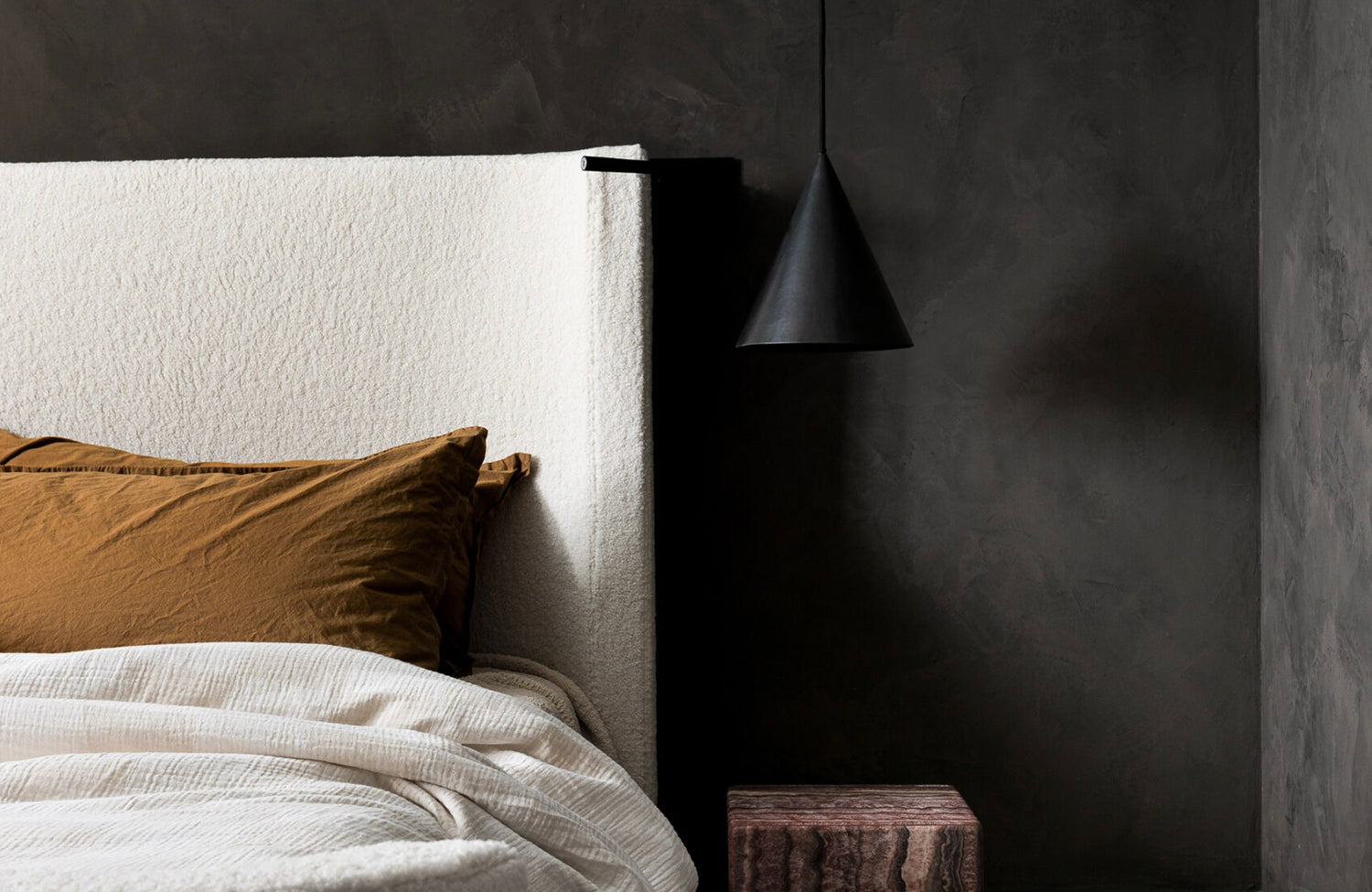
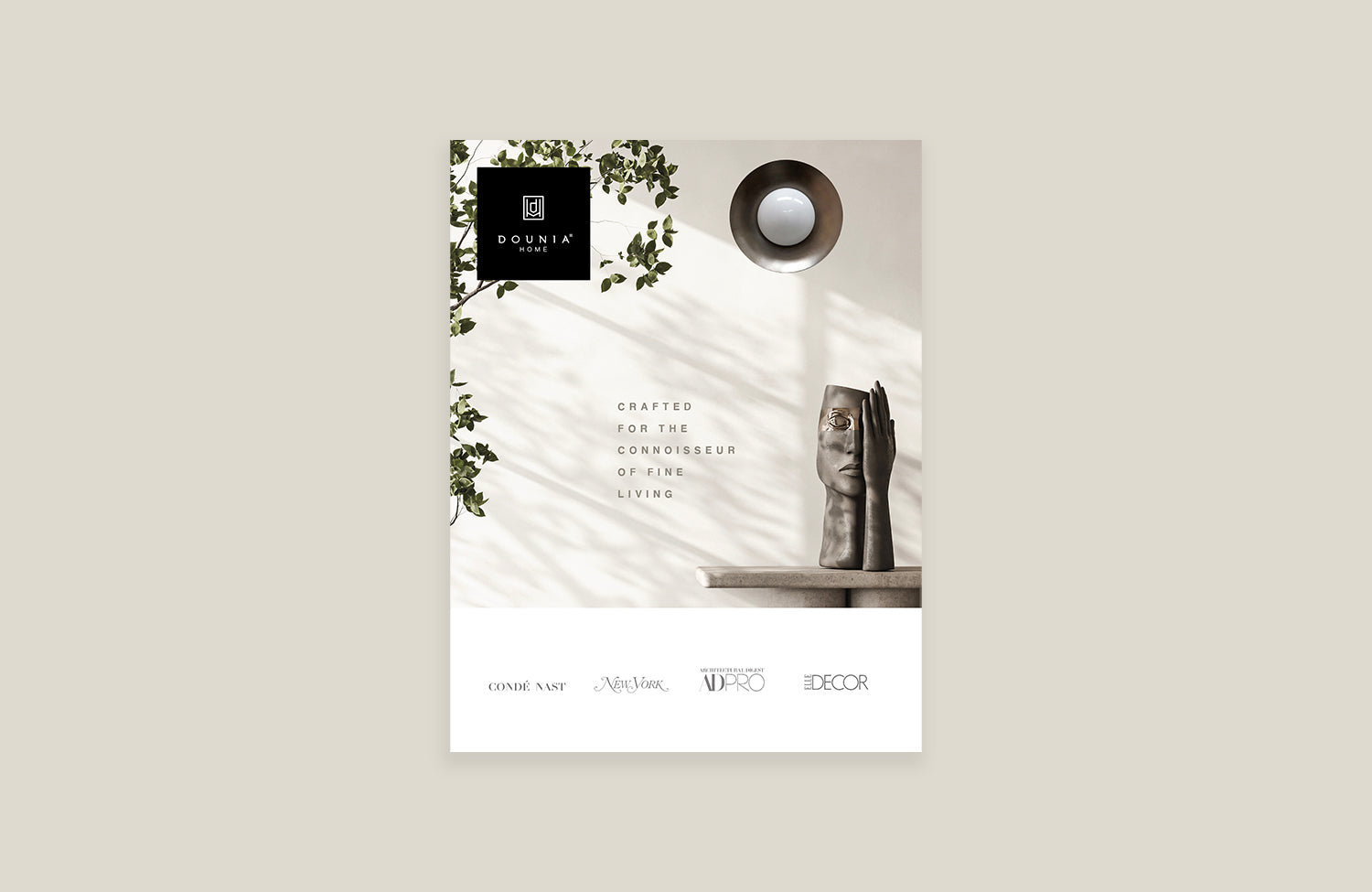
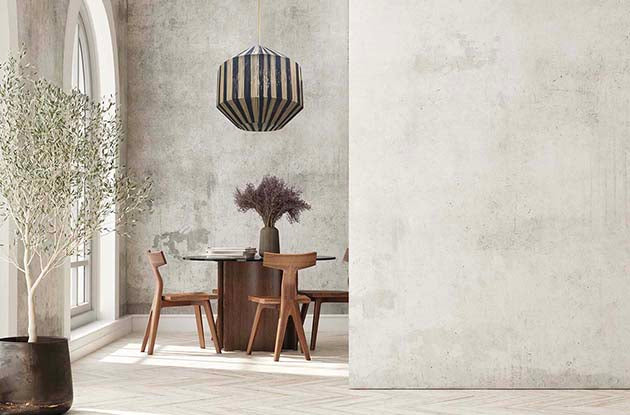
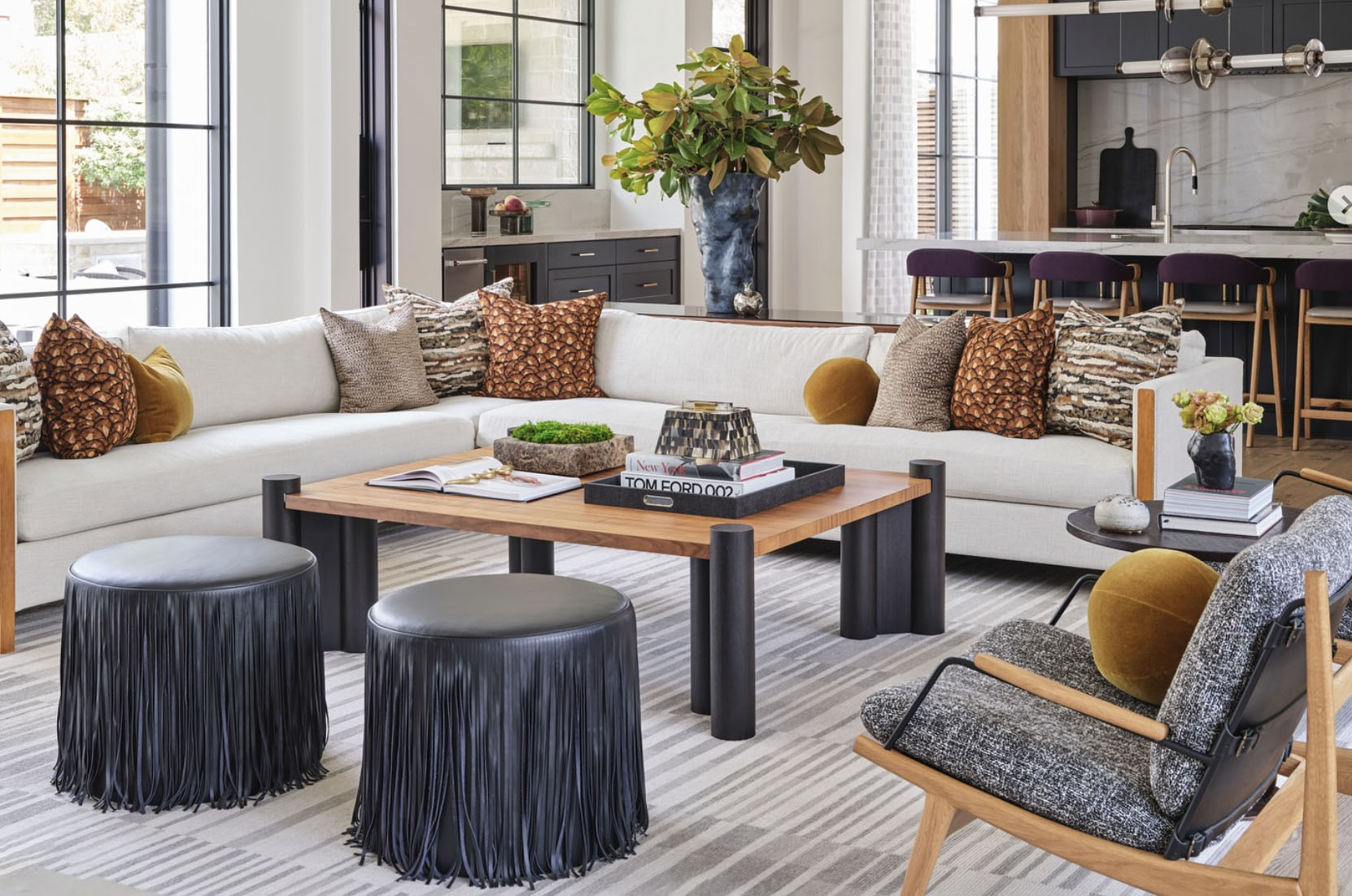

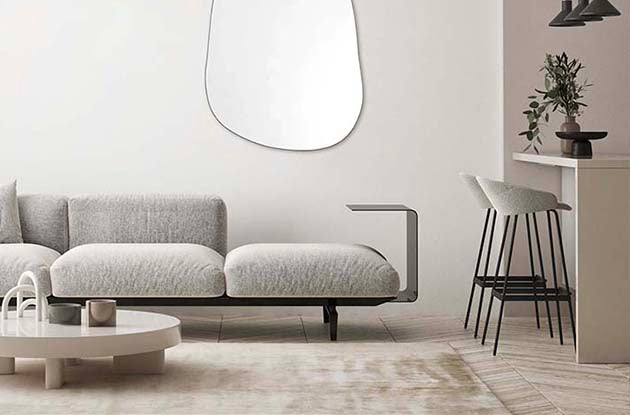
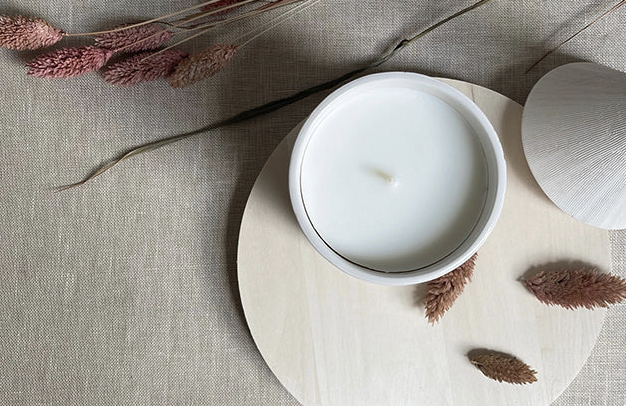

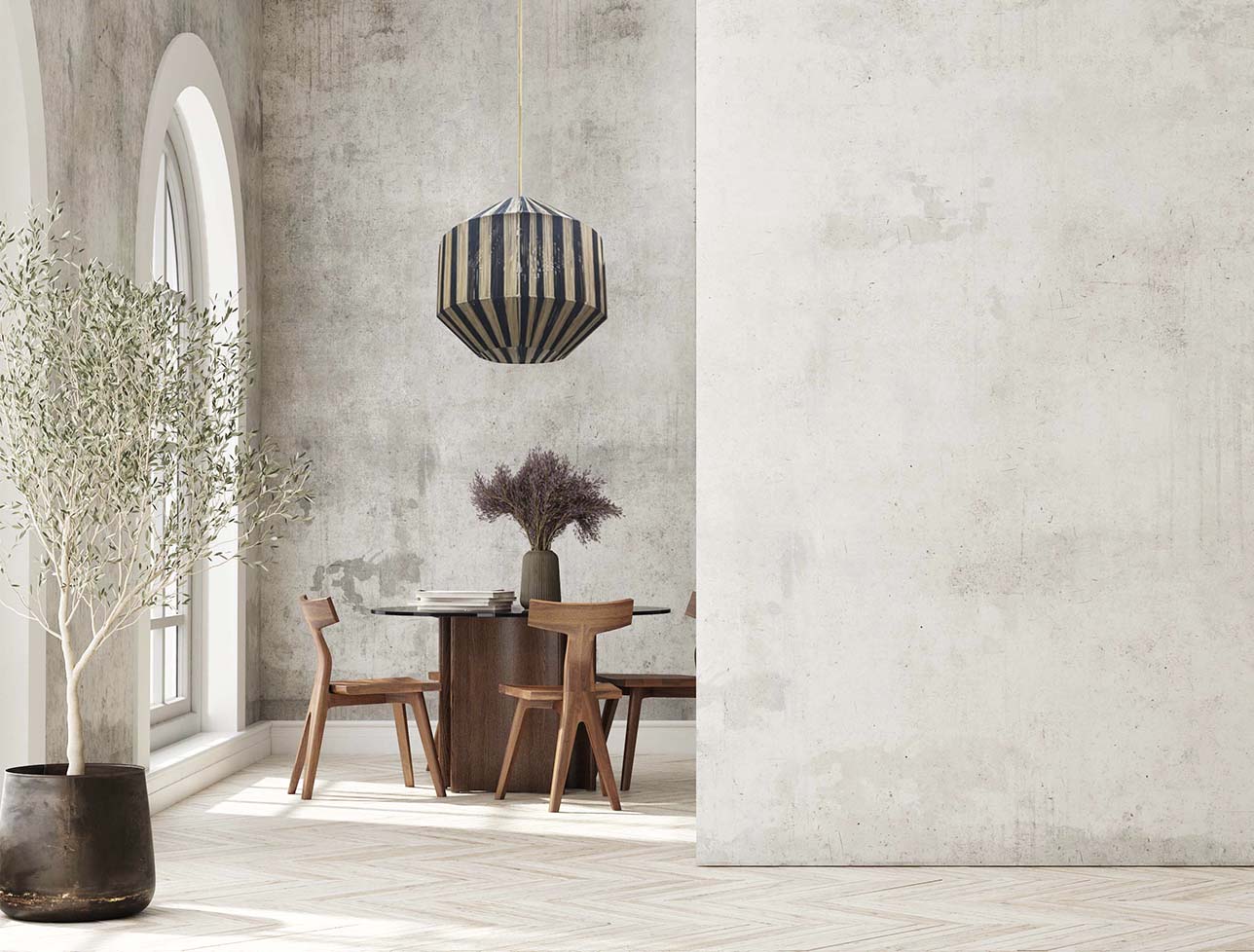
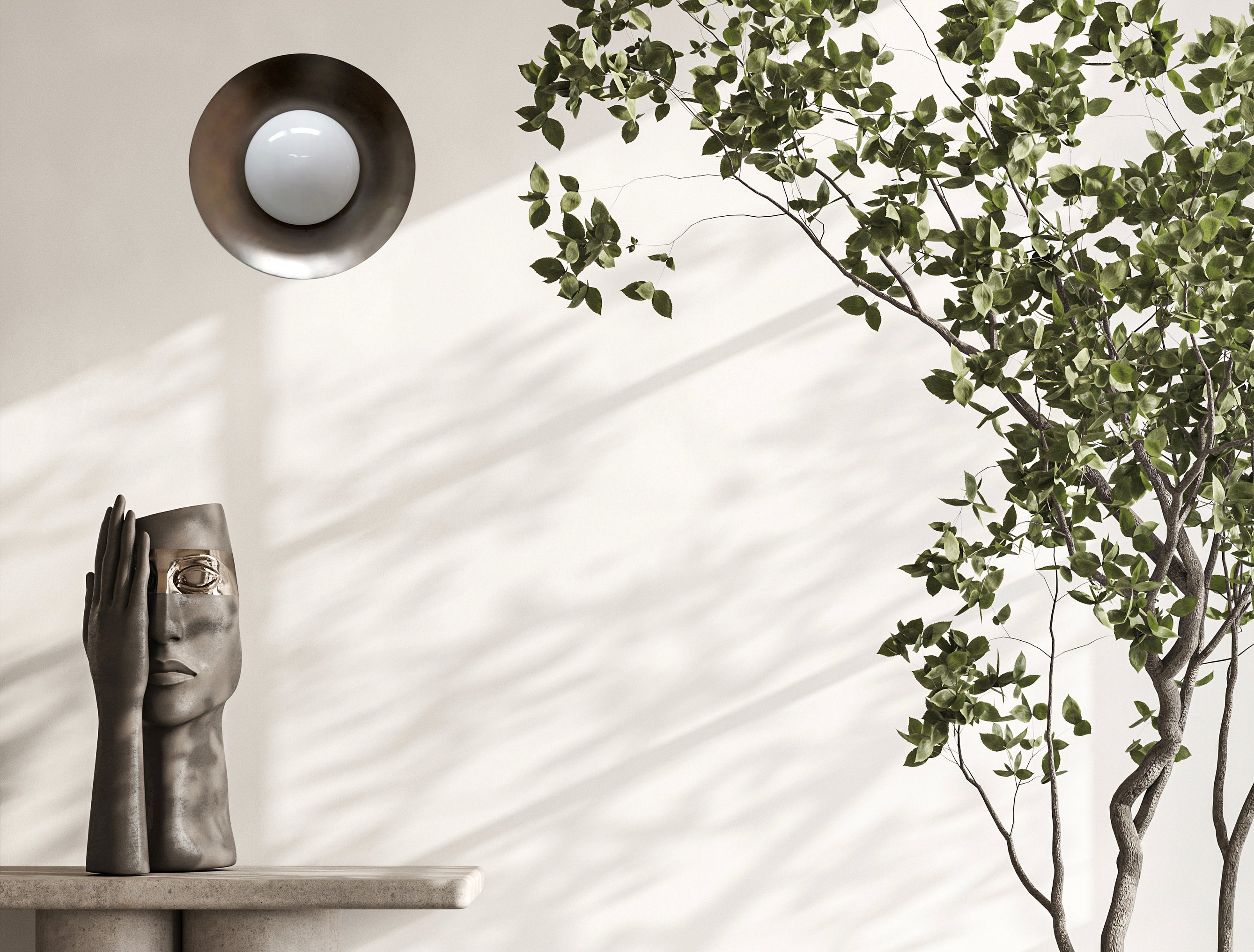
Leave a comment
This site is protected by hCaptcha and the hCaptcha Privacy Policy and Terms of Service apply.